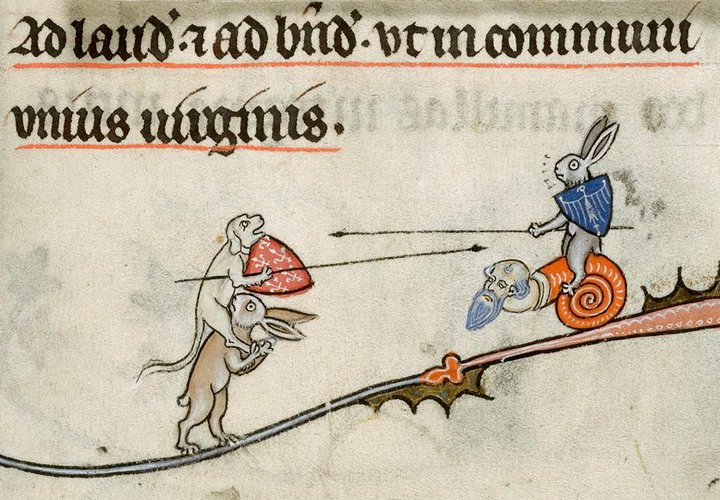
Kaitlin Manning, an associate at B & L Rootenberg Rare Books and Manuscripts, says part of the reason why modern viewers are so captivated by marginalia is because we expect this era to be so conservative. For example, few Monty Python fans realize that the comedy group's silly animations are direct references to artwork in illuminated manuscripts. (Illuminated simply means decorated with gold or silver foil.) "I think it's such a shock when you have this idea in your head of what medieval society was like," says Manning, "and then you see these bizarre images that make you question your assumptions." The wild mixture of illustrations is a challenge to our contemporary desire to compartmentalize topics like sex, religion, humor, and mythology.
Manning was first drawn to marginalia while studying at the Courtauld Institute in London, where she was able to work with some of the most significant illuminated-manuscript collections in the world, including those at the British Library. "I loved the idea that marginalia was such an overlooked part of the medieval experience," says Manning, "so much that up until 20 or 30 years ago, scholars were completely uninterested and wrote it off as trivial or not meaning anything."

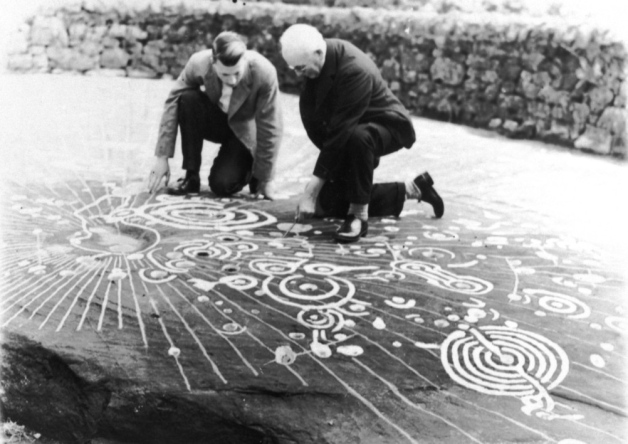
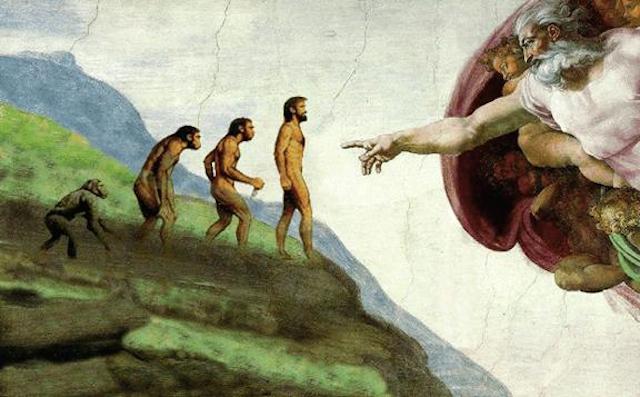
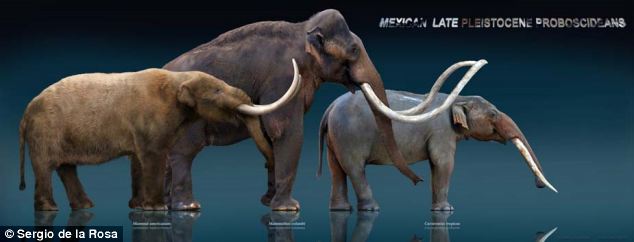
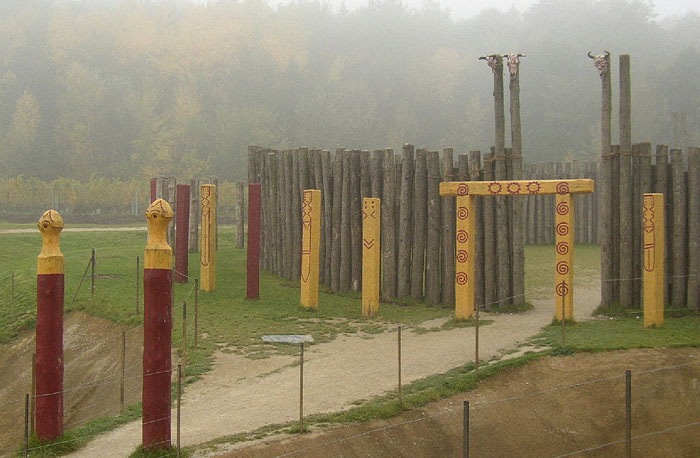
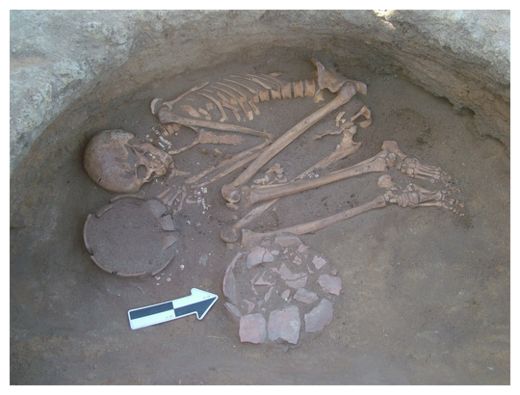
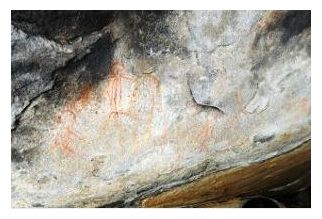
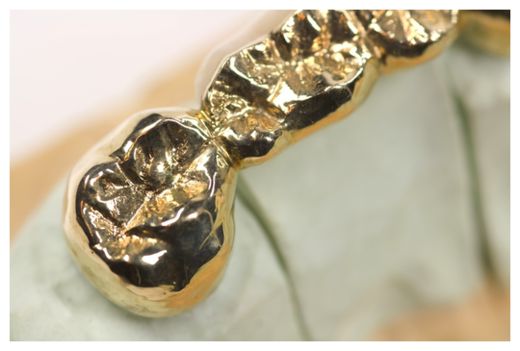
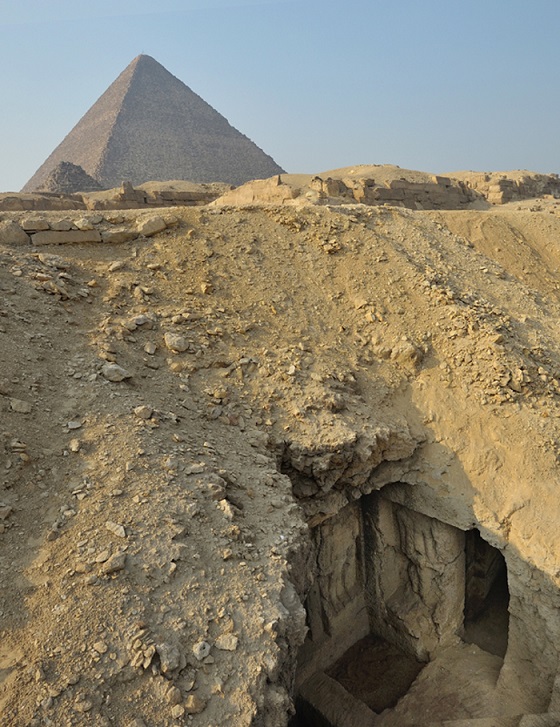



Comment: Recommended reading : Earth Changes and the Human-Cosmic Connection